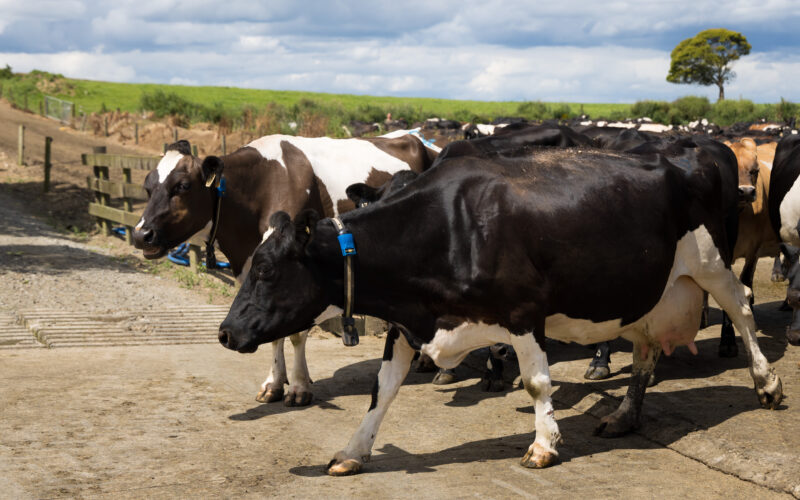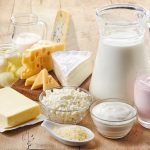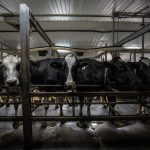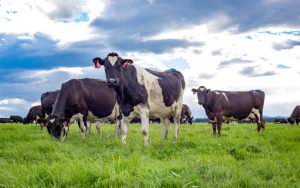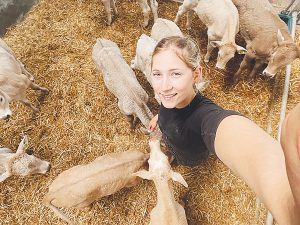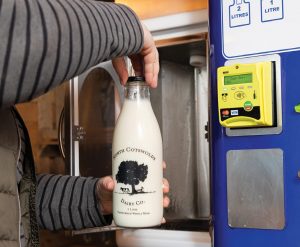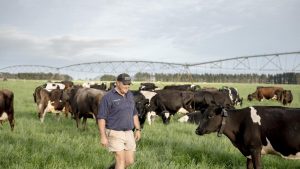
Farmers Embrace On-Animal Sensors, But Do They Boost Repro Performance?
The dairy industry is witnessing a rapid embrace of wearable technology, with on-animal sensors becoming an increasingly common sight on farms worldwide. In New Zealand, the adoption rate has surged dramatically, jumping from just 3% of farmers in 2018 to 18% in 2023, now monitoring over 820,000 dairy cows. This significant investment by dairy farmers highlights a growing trend towards precision agribusiness and data-driven herd management.
Despite the substantial financial commitment required for these advanced technologies, independent data on their direct impact, particularly on reproductive performance, has been limited. To address this gap, new research analyzed extensive data from 141 herds utilizing wearables, comparing them against 1,158 non-wearable herds. Herds were carefully matched based on key factors such as location, size, production levels, and calving dates to ensure a robust comparison in this critical area of dairy economics.
The study revealed a fascinating insight: while herds equipped with wearables consistently demonstrated superior reproductive performance, this elevated performance was already present before the technology was introduced. This suggests that the adoption of wearables did not directly cause an improvement in reproductive metrics for these farms. Instead, it indicates that high-performing dairy farms are more likely to invest in such technologies, rather than the technology itself being the sole driver of reproductive gains.
However, the research did identify other significant benefits. Farmers integrating wearables extended their artificial breeding (AB) periods, with many successfully transitioning to all-AB systems. This automation allows dairy farmers to potentially reduce labor inputs or decrease their reliance on key staff, all without compromising reproductive performance. Importantly, the study found no evidence that lower-performing herds experienced a boost in reproductive performance after adopting the technology, indicating that wearables primarily enable efficiency rather than acting as a universal performance enhancer.
Looking forward, the potential of wearable technologies in dairy farming extends far beyond reproduction. Future applications could include optimizing grazing management, mitigating the impacts of heat stress on cows, and enhancing overall animal health monitoring. For now, however, dairy producers are advised not to factor improved reproductive performance as a direct return on investment when considering these technologies, focusing instead on the significant labor and management efficiencies they can provide.
Source: Farmers Weekly: A closer look at wearable technology
You can now read the most important #news on #eDairyNews #Whatsapp channels!!!
🇺🇸 eDairy News INGLÊS: https://whatsapp.com/channel/0029VaKsjzGDTkJyIN6hcP1K
